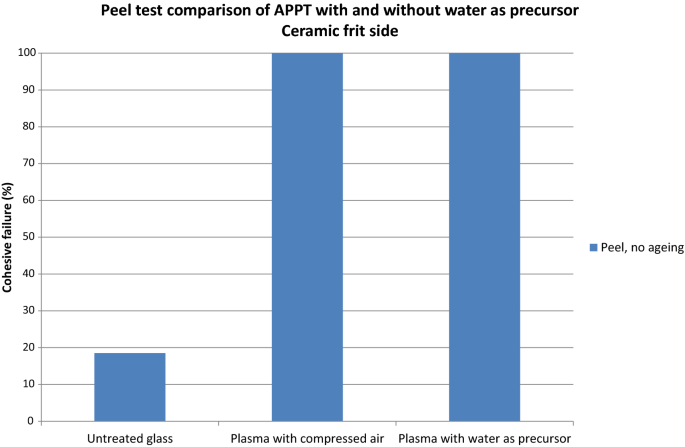The key difference between glass and ceramic is that ceramics have crystalline or semi crystalline or non crystalline atomic structure whereas the atomic structure of glass is non crystalline.
Surface energy of glass compared to ceramic.
The surface free energies for low index planes can vary considerably particularly if the crystal lattice gives rise to polar surfaces.
Glass ceramic cooktops carefully take the best elements of glass and ceramic to create a surface that s smooth to the touch and resistant to the high heat levels it needs to heat up food and liquids effectively.
It is shown that various expeiimental methods can be applied to the measurement of surface energy but.
The surface energy values of some typical materials are shown in the two tables.
Surface energy values usually have the units of mj m 2.
Ceramics and glass have many applications that require qualities such as hardness rigidity high resistance to heat corrosion etc.
The first table shows values for low and high surface energy solid materials whilst the second table.
Some sources quote the critical surface tension in units of mn m which is equivalent to surface energy.
So cleaning up isn t so bad as compared to a gas stove.
The concepts experimental techniques and theoretical analyses of the surface energy of solid ceramic materials are reviewed with the aim of condensing a large mass of unrelated data into a concise form for comparison and evaluation.
The model by van oss good made grounds for finding physical parameters of the surface energy for a solid γ s as presented in this study.
The tendency of many ceramic systems to facet means that the wulff plots of cry stal equilibrium shape contain relatively sharp cusps although accurate wulff plot data has not been measured.




























